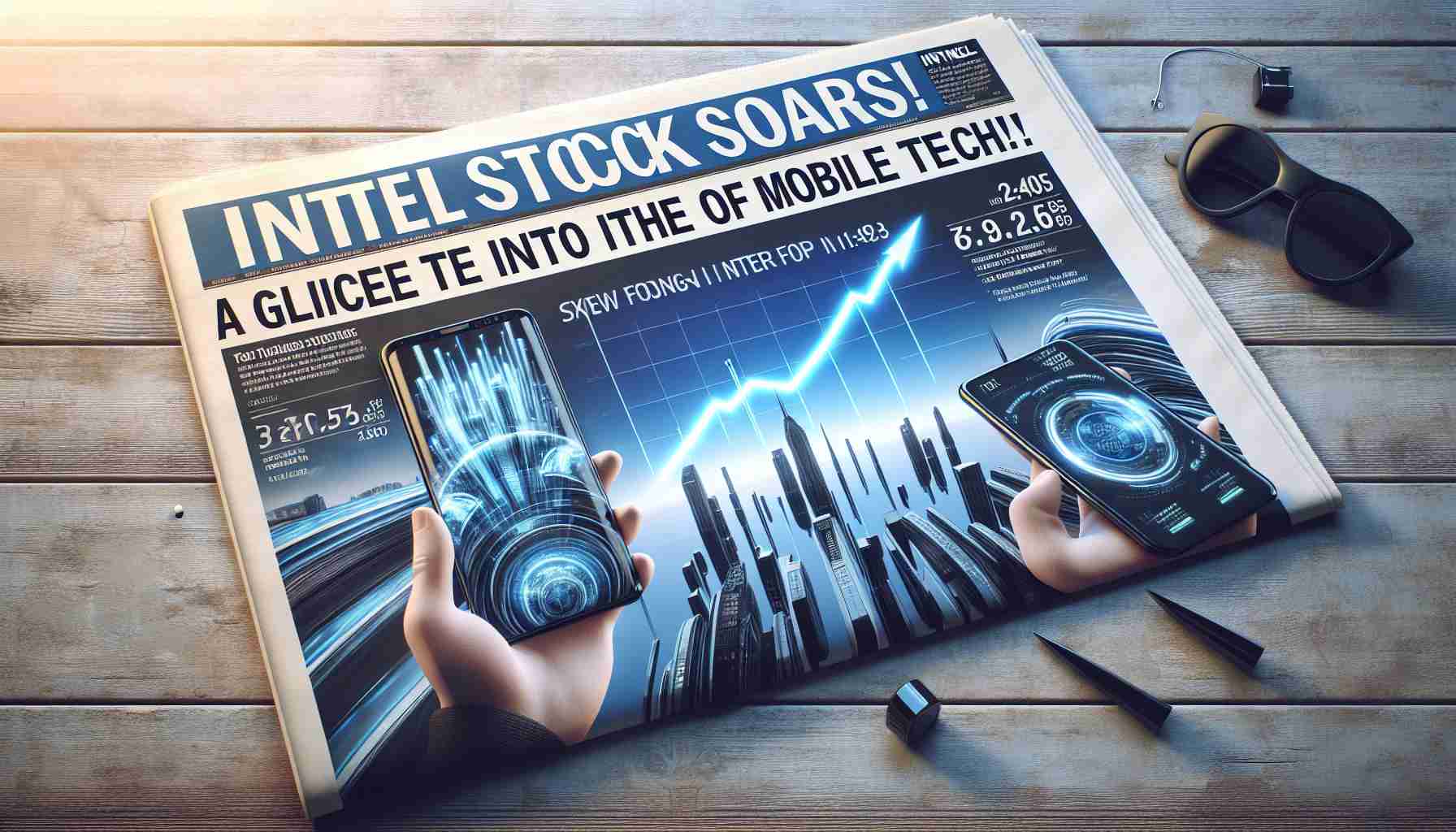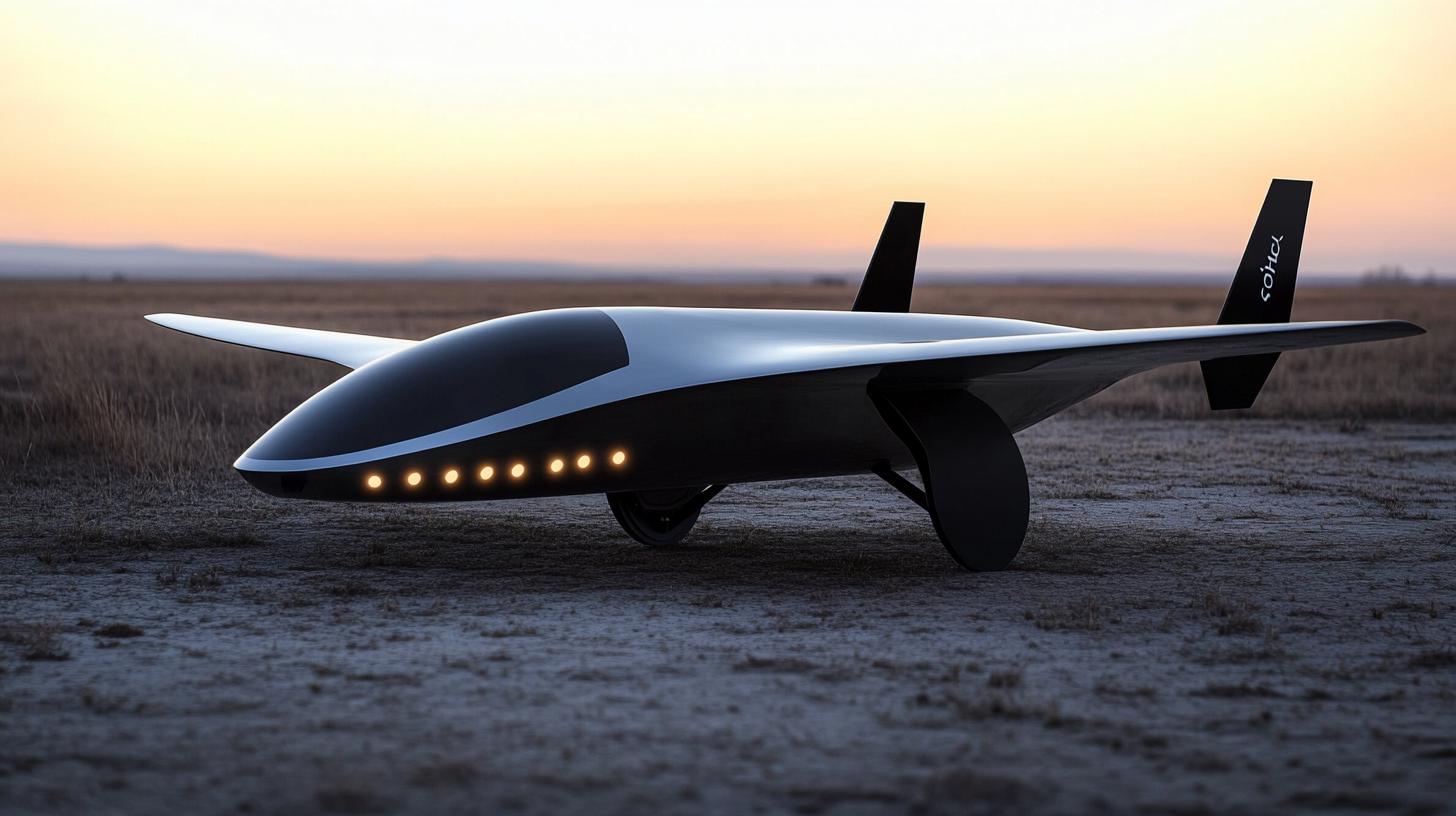In an advancement for its expanding private space industry, Iran has teamed up with Russia to successfully deploy two domestically produced satellites into orbit. The satellites, named Kowsar and Hodhod, were launched using a Russian rocket, highlighting a significant enhancement in the partnership between the two nations in space exploration.
This launch builds on previous collaborations, with Russia having previously supported Iran’s satellite missions in early 2022 and again in February of this year. These joint efforts, however, have raised alarms among U.S. officials, who express concerns that the technology shared might bolster Russia’s capabilities in its ongoing conflict in Ukraine while simultaneously giving Iran crucial intelligence related to regional dynamics in the Middle East.
Kowsar is designed to capture high-resolution images, hence it holds promise for various applications such as monitoring agricultural activities, managing natural resources, and observing environmental changes. Meanwhile, the Hodhod satellite serves a critical function in communications, particularly aimed at enhancing connectivity in remote regions where traditional network infrastructure is absent.
The successful launch marks a pivotal moment for Iran’s space ambitions and underscores the growing collaboration in space technology between these two countries.
Iran and Russia have marked a notable step in their space cooperation with the successful launch of two satellites—Kowsar and Hodhod—echoing their expanding technological partnership. As both countries seek to strengthen their influence in the realm of space exploration, this collaboration presents a mixture of opportunities and challenges on the geopolitical stage.
What prompted Iran and Russia to enhance their space cooperation? The two nations share mutual interests in advancing their respective space programs. Iran aims to bolster its technological capabilities in satellite deployment and surveillance, while Russia seeks to leverage its space technology expertise to forge strategic alliances following increasing international isolation due to geopolitical tensions.
What are the key challenges associated with this cooperation? One primary challenge is the international backlash against such collaborations. The United States and its allies are wary of the potential military applications of the technology being developed, particularly in light of ongoing conflicts such as the situation in Ukraine. Additionally, there is a risk of sanctions and increased scrutiny from global powers aiming to curb the development of capabilities that could shift the balance of power in the region.
What are the advantages of this partnership? The partnership allows Iran to access advanced space technology, which is crucial for its development in satellite communications and earth observation. For Russia, it provides an opportunity to assert its role as a key player in international space partnerships, while also gaining leverage in the Middle Eastern geopolitical landscape. The satellites’ capabilities promise significant advancements in environmental monitoring and agricultural management for Iran, potentially allowing for improved resource allocation and disaster response strategies.
Conversely, what are the disadvantages? The reliance on Russian technology may hinder Iran’s efforts to develop indigenous capabilities, leading to long-term vulnerabilities. Furthermore, this cooperation risks exacerbating tensions in the region, drawing condemnation from Western nations and possibly leading to further isolation for both countries. The potential misuse of satellite data for military purposes raises ethical concerns and could prompt increased surveillance and aggression in already volatile areas.
In conclusion, while the Iran-Russia collaboration marks a significant advancement in their shared ambitions in space, the implications of such partnerships require careful consideration. The international community remains on high alert regarding the ramifications of this technological sharing and its potential to reshape geopolitical dynamics.
For more information, you can visit these links:
Space.com
NASA









